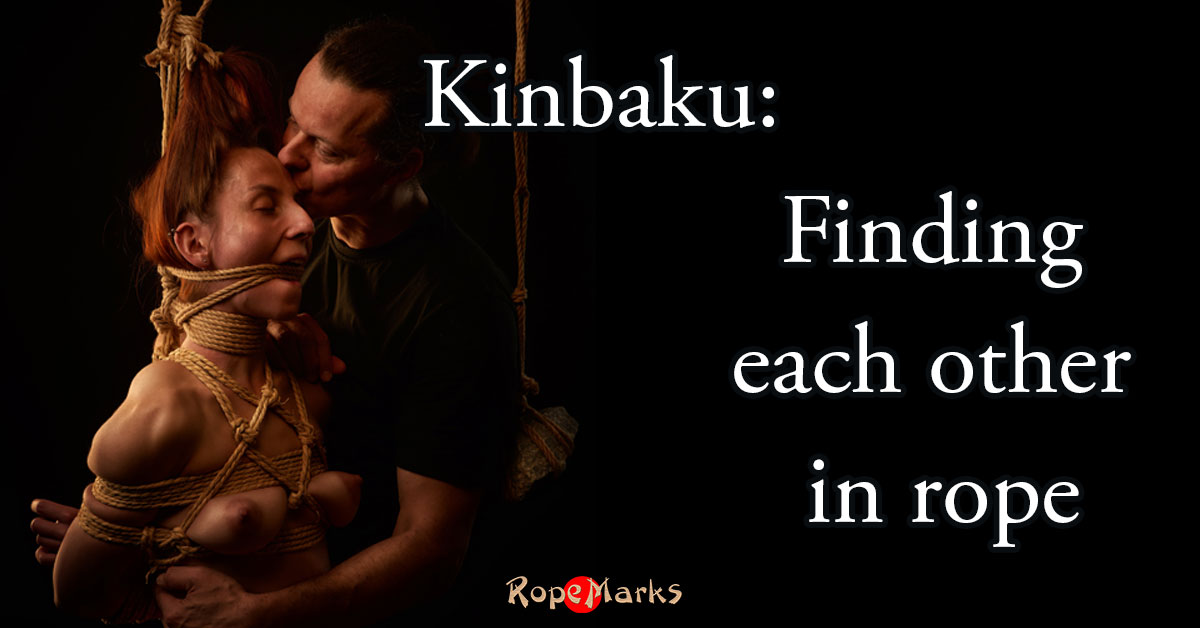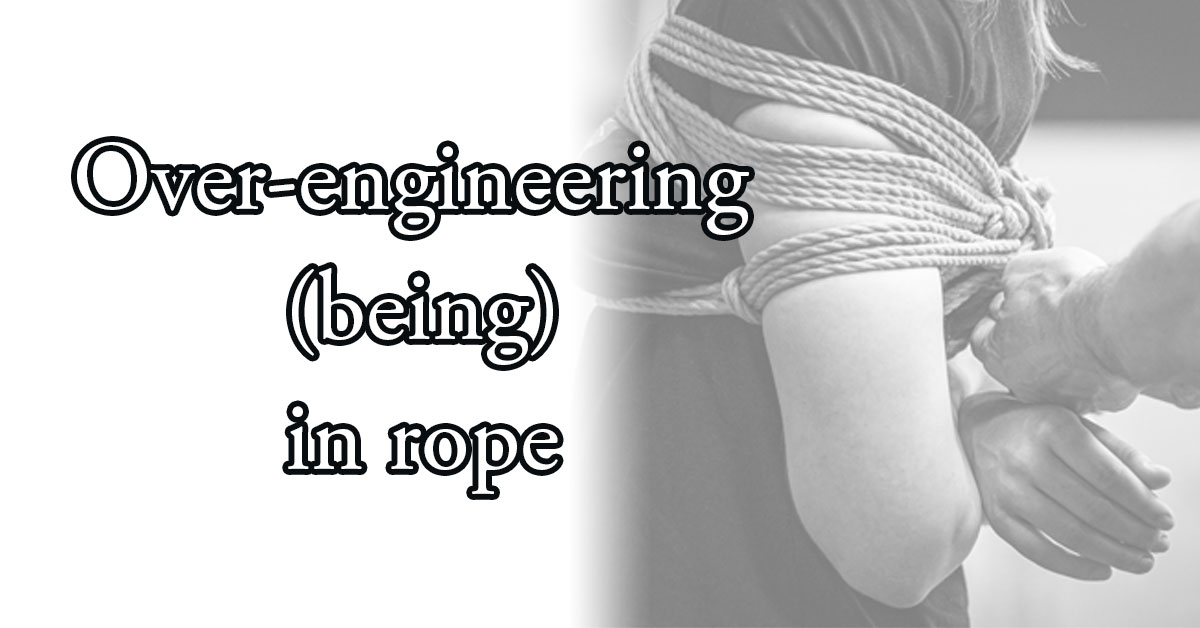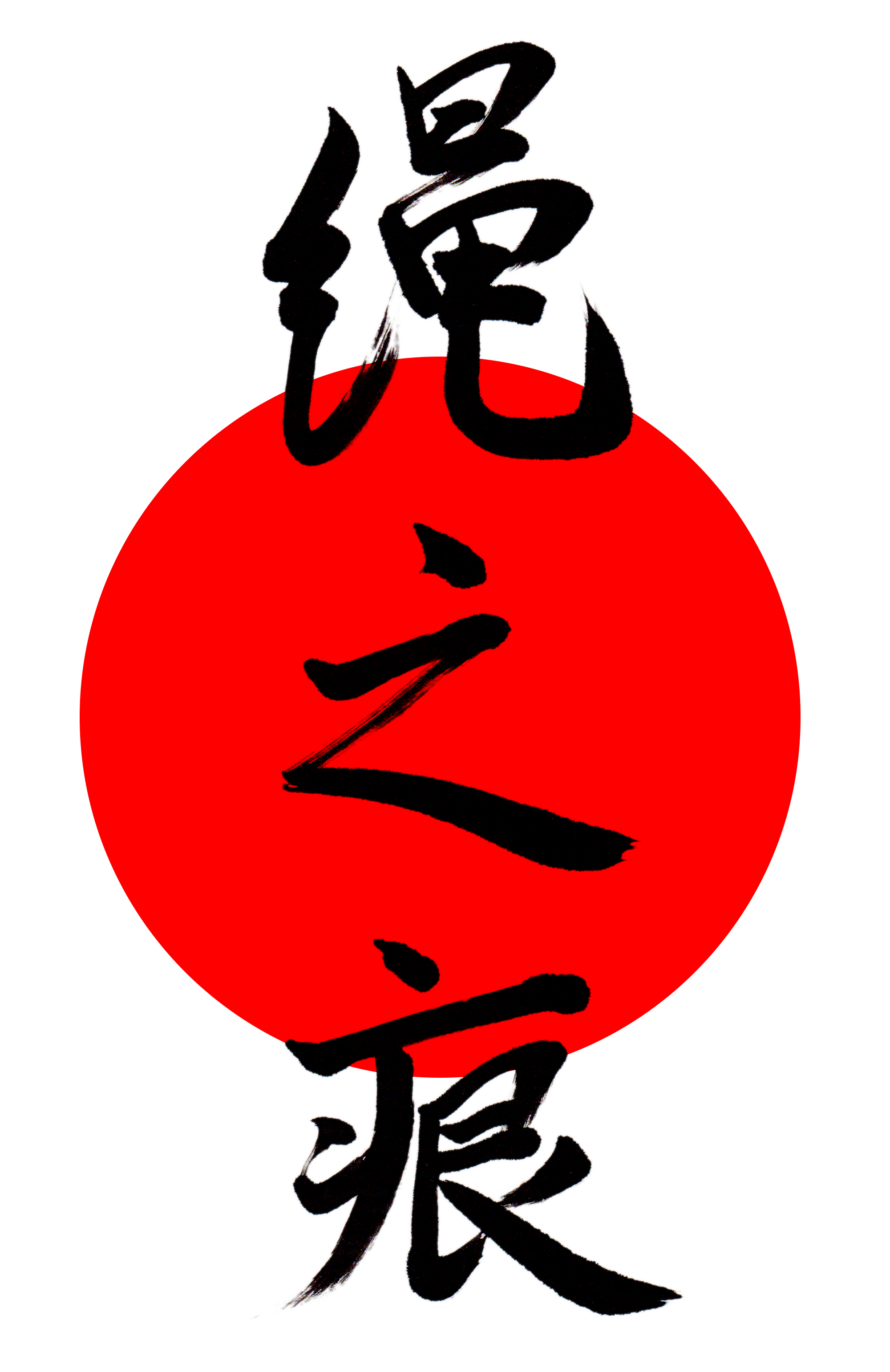One of the many confusions I see in my students and people trying to understand Japanese rope bondage is the difference between shibari and kinbaku. Is it the same or something else? Is it Japanese bondage? No, wait, in Japan it’s not called Japanese bondage. Is it just bondage than? I’ve heard kinbakubi? Confusion, I think partly because “we” seem to have a need for concrete, absolute definitions to box (basically) our thinking where “they” seem to be more… organic, I think organic can be used for now, fluid and contextual.
It has been on my list for a long time to write something about Kinbaku vs Shibari but it’s not an easy task. I think that to understand kinbaku (or shibari? no, just bondage?) you need to understand the Japanse, their culture and their language. This site and blog has some articles to shine a light on the culture and history but now an article that tries to explain the difference between shibari and kinbaku.
This is an original text by NdT that is reproduced with permission.
We will be having a discussion without a correct answer.
It’s not that hard to teach an exercise that has a correct answer but that is not what Kinbaku is supposed to be.
It is necessary to change our mindset so that they we do not search for the correct answer.
Akechi Kanna and Kagura [paraphrased]
Shibari is a Japanese word which means “to tie”. It is not derived from the Kanji/Hanzi 縛, it was pre-existent in the Japanese language (in a non written form) before the importation by Japanese/Chinese Buddhist monks of the Chinese writing system into Japan. Shibari is written 縛り, where 縛 is a Chinese character (Hanzi) pronounced “fu” in Mandarin and “bok” in Cantonese (I am omitting the tones in each case) and pronounced “baku” in Japanese. It is easy to see that the Japanese reading has been imported from Cantonese , or another South China dialect, and this is coherent with the trade routes at the time. The り is a hiragana, i.e. a Japanese alphabetic sign which is also graphically derived from a Chinese character, in the present case 利 read “li” in mandarin, “lei” in Cantonese and “ri” in Japanese. Its writing, rather annoyingly complex as most of the Japanese writing system, bears little impact on its meaning and its origin as a purely Japanese word.
Kinbaku 緊縛 is a Japanese word of recent invention (probably 20th century) created by pairing two Chinese characters, the process in itself is a widespread occurrence in Japanese language. As such, the word does not exist in the Chinese language. Kinbaku is formed of 2 Chinese characters, the first one 緊 is read “jin” (mand.), “gan” (cant.), “kin” (jap.) and means in Chinese “in a tight way” and the second one discussed supra means to ” tie securely”.
After this introduction two remarks have to be made:
a) The Japanese verb shibari and the Chinese verb 縛 (“jin”) although close in meaning are slightly different as 縛 (“jin”) includes the notion that the thing/person tied cannot move once tied. The verb shibari means to tie but does not necessarily implies no further movement.
b) The Japanese have used the Chinese language, or more exactly a local version of Chinese, for all official acts well into the 19th century. Similar to Irish monks using Latin well after the fall of Rome. So Chinese words in Japanese have a certain degree of harshness/hardness/officialdom-ness compared to Japanese original words. This is why a personal letter expressing feelings will predominantly use Japanese words over Chinese words, with the opposite for official documents.
We now have the situation where shibari means “to tie” and kinbaku is a rather recent word meaning “to tie tightly so there is no movement after the tie”. As an example, you can “shibari” flowers but not “kinbaku” them. When a florist asks you “shibarimashō ka” (縛りましょうか)then this does not mean you are asked to be tied up but rather that you are being asked whether you want a piece of string around the stems of the flowers you just bought. In this context “kinbaku” absolutely cannot be used, the flowers once tied can still move.
To complicate things further, among Japanese people there is no agreement as to what is, in concrete terms, the difference between shibari and kinbaku, if there is one. From observation, most Japanese rope artists will instinctively gravitate towards one or the other in their conversations depending upon the circumstances.
For instance, Yukimura Haruki explicitly describe his rope as “Shibari not Kinbaku” while he qualifies some other rope artists as “doing Kinbaku not Shibari”. He has often said that he wishes to tie to the point where the model can move a little bit in the tie, think she can untie herself, while in fact, she cannot. Akechi Kanna (fmr Nawashi Kanna) will often, but not always, use Kinbaku when talking about rope.
There are situations where all Japanese agree, for instance in the sentence “let’s do Japanese rope together”, it is always “shibarimashō” (let’s shibari) and not “kinbaku o shimashō” (let’s kinbaku). But, pornographic books and movies will prefer Kinbaku in the title, as it is more official. Also, a person doing rope at a high level and well known as a rope artist is a “kinbakushi”, or a “bakushi”, not a “shibari shi”, even for Yukimura Haruki.
Japanese is a very difficult language and studying it is not easy and so is shibari… or kinbaku…
NdT
As a side note: assimilating shibari as a sexual extension of hojojutsu is in fact rather misleading. Most Japanese will describe shibari as a fetish/erotic activity which borrows elements of hojojutsu but also of aesthetics (paradoxically ?). The Eros element is far more important than the hojojutsu, or acrobatic circus, element. Although any first time spectator will mainly see the, technical aspect of the, ropes. You could say, shibari/kinbaku is about what happens, in reality and in fantasy, and not so much about the tools (rope, beam, tatami, hair pin, gag etc.) and certainly not about “knots”.
Finally: even though communication and “reading the other person” is seen by many rope artists and models as an (the?) essential part of the art, very rarely do Japanese refer to shibari/kinbaku as an “exchange” (unless you see communication as an “exchange”). In part because there is an asymmetry in shibari, i.e. the role of the person being tied and the role of the person tying are fundamentally different. The central person in “what happens” is in fact the model, and as Yukimura told us The bakushi has to “dive into” the fantasy world of the model so that the model can “lose herself into it” because that world suddenly expand thanks to the shibari (or kinbaku) executed by the bakushi. Only if this happens, there is shibari/kinbaku. This is very far away from technical knots in a given hojojutsu style, whose main aim is to tie convicts so they do not escape.
NdT / Haru Kakeru.
Yukimura Haruki ryū licensed instructor.
Reproduced and slightly re-organized with permission.
Cover image by Ork photography
Cover model Robin Tyndybarla
Resources
- https://fetlife.com/groups/23278/posts/8045056
- https://www.kinbakutoday.com/whats-in-a-name-kinbaku-and-shibari/
Workshops | Shop | NdT | Yukimura Haruki | Club RopeMarks | RopeMarks













good read! wish to dive in the discussion further :p